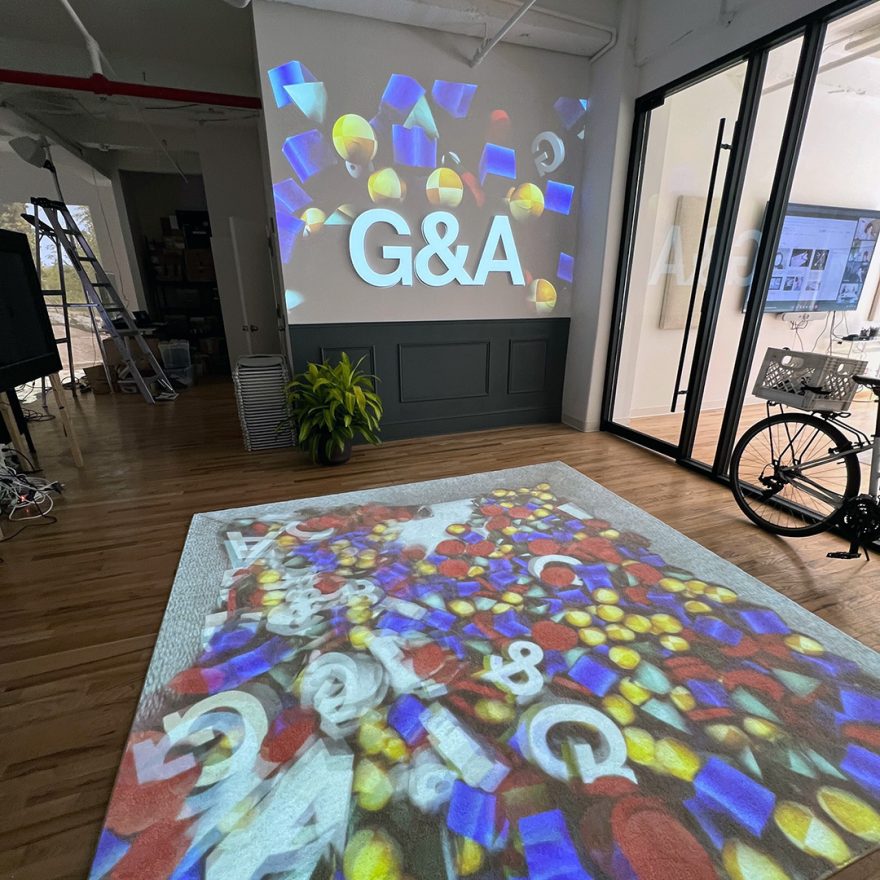
The Role of Physical Spaces in a Remote-First Workplace
As a Digital Marketing strategist at G&A, Mia Nikcevic has first hand experience exploring how our physical workspace intersects with a remote-first approach.
At 24, while embarking on my second “real” job since graduating in 2022 from NYU, I found myself immersed in a professional world that defied the norms I had grown accustomed to during my college years. Having spent the last three years of my education navigating remote learning and virtual interactions, the prospect of a remote-first workplace initially felt like a natural fit.
However, as a Digital Marketing strategist at G&A, I soon discovered that this role offered more than just the comfort of a hybrid workflow; it encouraged the experience of physical presence in the workplace for at least some part of the week.
In the ever-evolving landscape of remote work, one might assume that the traditional office setting has become obsolete, or at the very least unnecessary.
Yet, in my experience at G&A, I’ve come to appreciate the invaluable insights gained from immersing myself in our physical workspace. I have come to really believe that the office is not just a relic of past generations; it’s a vital arena for fostering collaboration, creativity, and camaraderie. I’ve missed a lot over the last few years.
The efficiency and collaborative synergy offer a more seamless execution while completing a task. There’s less interface to go through, less obstruction and the exchanges are broader and more insightful. I am starting to see that over time this could have great value and impact not only on my work product but also on my relationships with my work family.
One of my first in-person projects has revolved around taking headshots for our staff in the Design Lab. While initially seeming like a straightforward task, I’ve been pleasantly surprised by the enrichment of the experience. It’s provided me with a chance to carve out my own niche within the lab environment, where I set up the equipment to capture these images. Gathering the camera and tripod to arrange the lighting, I’ve found myself fully immersed in the process. Moreover, it’s been an excellent opportunity to meet colleagues face-to-face for the first time, fostering connections and strengthening our team dynamic.
Similarly, delving into the heart of our studio space has revealed the true essence of our design firm. As someone that is relatively new to this type of environment, it’s quite easy to pick up on the energy that exhibit designers pour over 3D models and scrutinizing material samples.
Collaboration occurs all around me as visual designers and illustrators gather between laptops, dissecting interface nuances and discussing design choices. Witnessing the interaction between our technology team and designers is truly exciting and motivating.
This dialogue inspires me to showcase our projects in new ways, like sharing behind-the-scenes glimpses on social media. It also helps communicate our unique strengths to the marketplace, ensuring that the brand resonates authentically with audiences, fostering stronger connections and greater impact.